What hope is there for artists following the sale last year of the robot Ai-Da’s portrait of Alan Turing, entitled “A.I. God,” for $1 million? Someone has perhaps paid over the odds for a 3D print with a few marks added by a robotic arm and a few more by studio assistants to areas of the canvas Ai-Da couldn’t reach. Innovation wins.
In the 1970s, the walls of art-school degree shows were studded with plaster casts of students’ genitals. By the 1980s, students were discouraged from attempting realist painting, but messy gray abstract works were still acceptable. Then it was found objects and piles of stuff. One young studio assistant I knew in the 2000s had a tutor at art school who’d gained top marks in his degree by filming himself pouring a glass of milk over his head. The young assistant had a classmate who got her degree by filming herself engaged in an act of onanism. Pick up a paintbrush in an official state-funded art school these days and you’ll be shown the door. It’s all digital.
But what about artists who paint? With a brush. We’re up against it: critics (professional and amateur), less-than-honest gallery owners, fashion, celebrity and “elite” dealers who skew the market on a whim.
There are battles to be fought against self-doubt, failure, poverty, hostility and ignorance – and the gut-wrenching horror of the exhibition opening. Most of us don’t want to bend the world to our will, just paint a picture to the best of our artistic, intellectual and technical ability in the hope that someone will buy it and help us scratch a living. I paint, from my home in France, under a pseudonym, relying on sales for a third of my modest income. Most my paintings are commissions, but I’ve taken part in a few group shows. I generally hide.
At an expo opening, where I was exhibiting with a Japanese painter friend, I hid round the corner from the art center in the cemetery and looked at the grave of the maquis (French resistance fighters), 22 of them, who were massacred on the hill above the village in reprisal for the D-Day landings. I’ve never felt more of a coward.
Although I try, few people are interested in allegorical works – too many weird ideas. But landscape, still life and portraits still sell. Rather like the art schools which, in the recent past, demanded portfolio evidence of artistic ability – drawing and painting – and then banned students from drawing or painting, AI will stifle talent and opportunity. This is why the other morning, glad of a diversion, I said yes when friends – a foreign correspondent and his documentary filmmaker wife, Mel, and their friends, a producer and his Georgian wife – suggested coming to visit. It was warm enough to sit outside. Mel asked if I knew the name of the beach at the beginning of F. Scott Fitzgerald’s Tender is the Night. I thought maybe La Garoupe. The foreign correspondent loves AI and checked on ChatGPT. Within seconds he confirmed, yes – it was La Garoupe.
Most of us were against the use of AI in the arts. I began whanging on about bleedin’ Ai-Da. The foreign correspondent disagreed and, to illustrate its usefulness, asked ChatGPT to write a sonnet about La Garoupe and then another on the same subject in the style of W.H. Auden. The first was judged to be above the standard of a Hallmark card, perhaps lovelorn student level. The “Auden” we quite enjoyed.
My turn. Aiming to confound, I asked for Scottish poet Robert Burns and in my best comic recitation voice read the result. It ended: “So toast tae youth upon this shore/ A’ bright, a’ fleet, then seen nae more.” Mel, who comes from White Russian stock, asked for Pushkin and judged it the best so far. The Georgian lady asked for the Russian-American poet Joseph Brodsky. Then we got sillier. Trump: “This beach? Incredible. Unbelievable sand. People say it’s the best beach, the very best…” Someone suggested Putin. We fell silent. They’d all lived and worked in Moscow and Georgia, and had lost friends and colleagues in areas of conflict over the years.
After they’d gone I touched the surface of the canvas I’d been preparing for a commission. For landscape I prefer an ochre ground. It was almost dry, not quite ready for the preparatory sketch. The Bessillon at dawn; the hill where those men, some of them little more than boys, were hunted down and killed in July 1944. I climbed the hill years ago, and have tried several times to do so again but been unable to find the path.
Three friends asked me to go for lunch with them to a restaurant in a village on the other side of the Bessillon. Three courses for €18. It was full of youngish working men, most of whom were in luminous construction gear. The place was loud and jolly and the tartiflette good. On the way back we passed the official monument to the maquis on the roadside beneath the hill. It’s an accomplished work, late Art Deco style – a dying figure in marble. On the plinth a bas-relief, three helmeted Nazis shooting three young maquis at point-blank range. Shortly afterward we turned off the main road and I was shown where to park and start the walk to the top. Next fine day, I’ll be there.
This article was originally published in The Spectator’s June 2025 World edition.



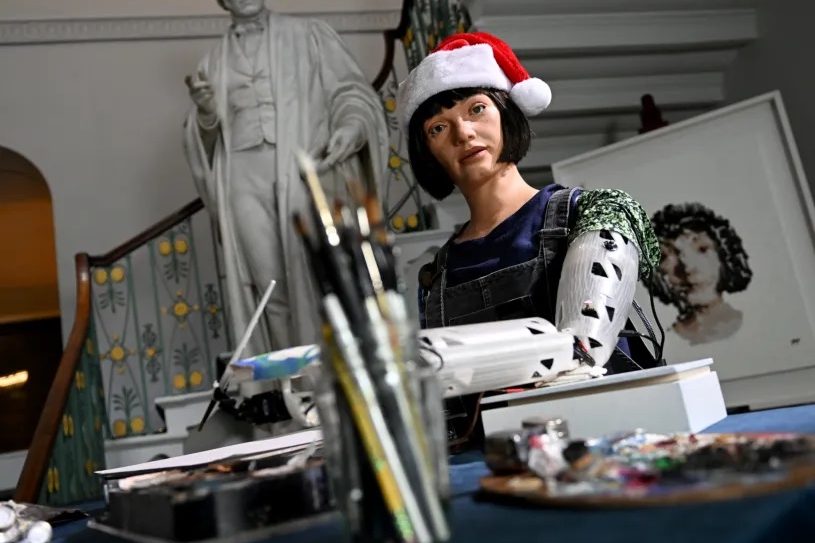







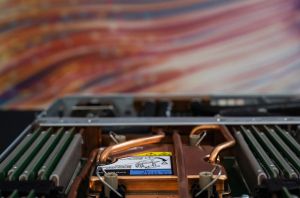
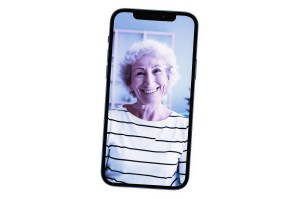
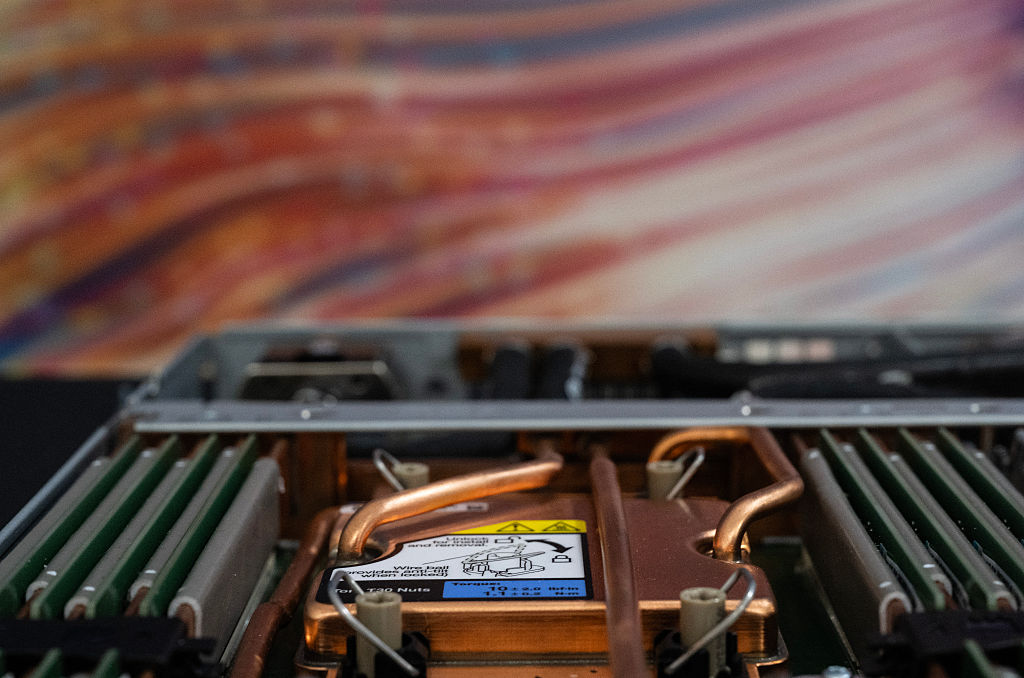
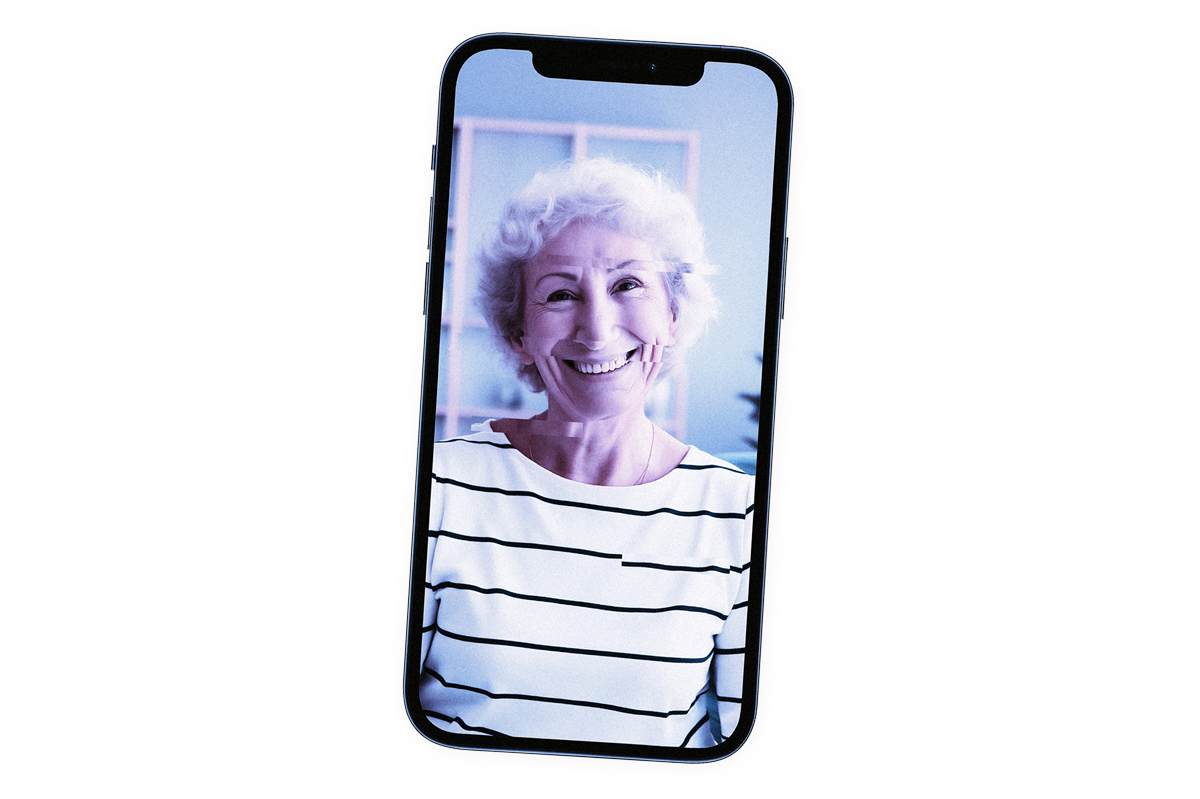
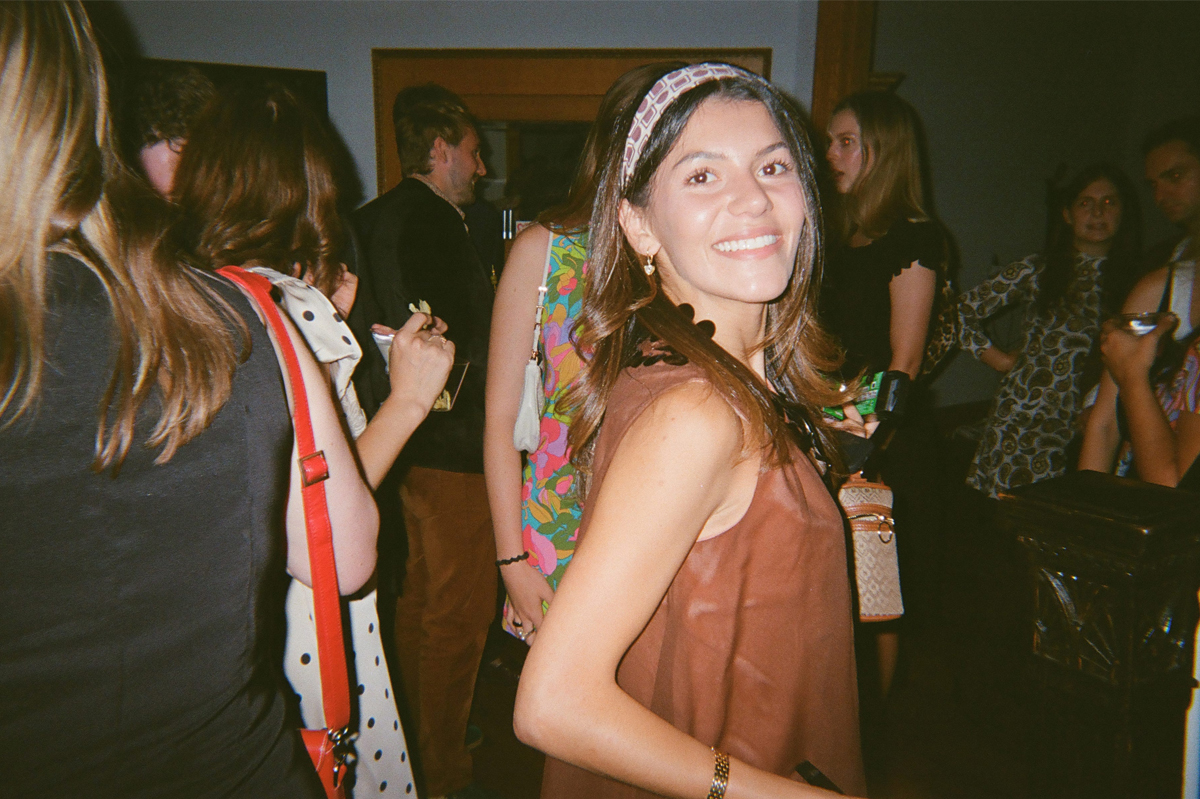
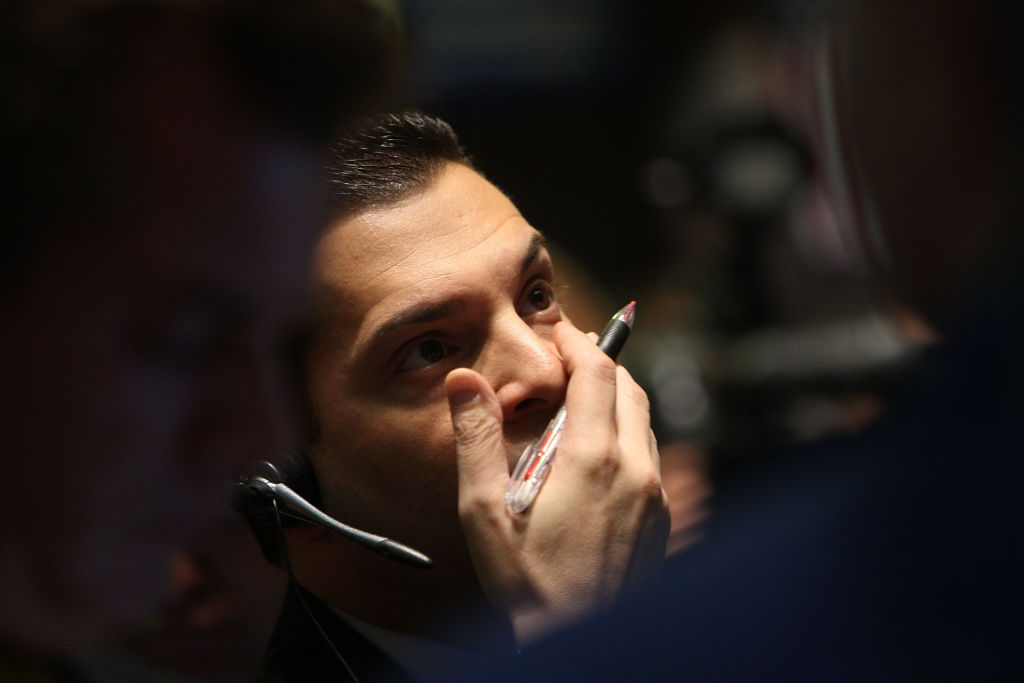
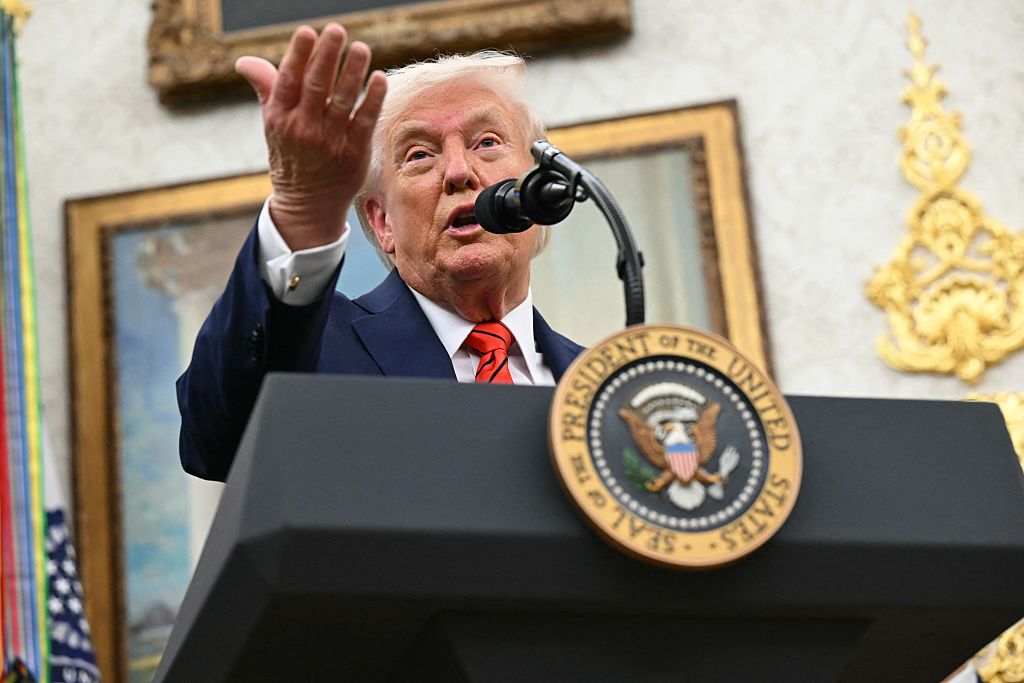
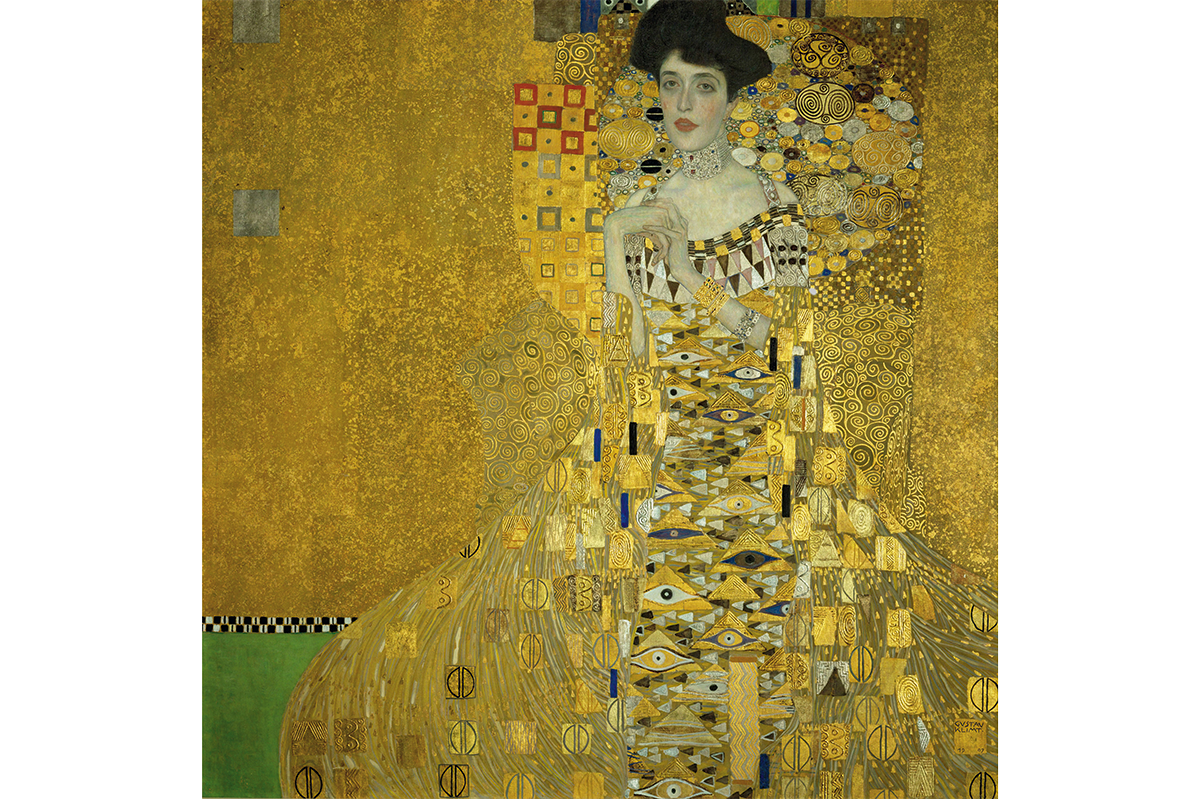







Leave a Reply